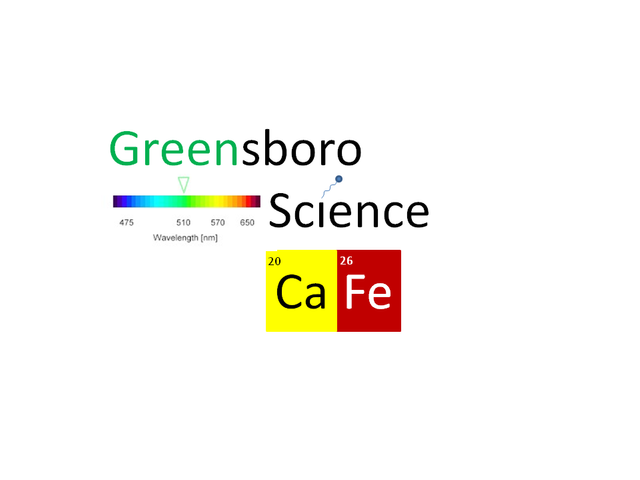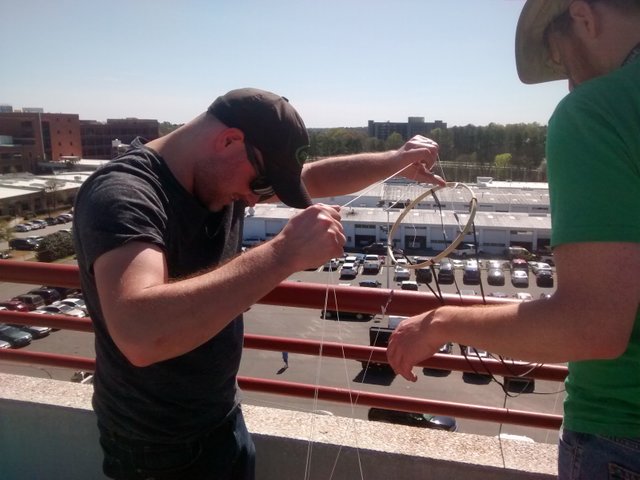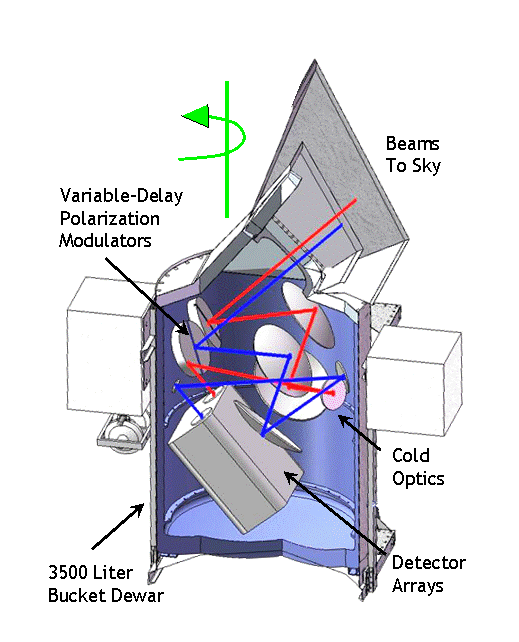Introverts and Gasbags

Last night, for our final show of the season, GSC hosted the Unacceptable Risks, a high-altitude ballooning team from Durham Tech, a little over an hour east of here on I-40. Julie Hoover, the faculty advisor, is the entire geology & GIS department at DTCC, teaching five classes a semester to students who mostly want to know how the earth is trying to kill us – earthquakes, super-volcanoes, and all that other documentary fodder. Jimmy Acevedo is an engineering student (now at NC Central) who turned his experience with a contest into a NASA internship and (hopefully) an eventual job. We huddled in the front window of Scuppernong Books, on display to passersby on Elm Street, as they regaled us with tales of hydrogen-filled adventure. They both claimed to be introverts, but I saw little evidence of it on this particular evening.
Julie & Jimmy started this project when NASA sent out a last-minute e-mail to try and fill the tenth and last spot in a community college contest to take pictures from space. Neither had any experience with ballooning, or even knew that it was a thing. Julie had done her Master's on remote sensing with NASA but had sort of resigned herself to the hard truth that she would never be either a princess or a satellite jockey, working at a community college with no budget for research. But when NASA came knocking, she jumped on it and put together a team of 6 people who spent several months trying to make sense of NASA's engineering specs (which were extensive and not flexible), rapidly prototyping designs with 3d printers, and then dropping the resulting designs off of the tallest buildings they could find to see if the payloads would survive a landing.

The contest ended with launches from the mountain foothills in Hickory, hoping that 250 miles would be enough time and space to bring their payloads safely back to the ground before they reached the Atlantic Ocean. The DTCC team made it, though Jimmy had to climb a tree.
https://www.youtube.com/feature=player_embedded
At least one other team had to wait a month for sailors to recover its package and call them about it (a return address is not something I would ever have thought about as a neuroscientist: “Um, if you happen to find my experiment, please call this number”).
This experience was their gateway drug, and while the other team members escaped on to other obsessions, Julie & Jimmy were hooked. Soon Jimmy was in New Mexico for an internship, launching ballons a hundred times the diameter of their 2m Hickory effort, trying to map the cosmic microwave background radiation from near-space.
Julie started cranking out applications for a series of remote sensing projects with the NC Space Grant, most recently using drones to map the trash flows in Jordan Lake. Drones are in fahion right now, but the crowded airspace over and near populated areas is highly regulated, and growing moreso all the time. Balloons, while harder to control, are cheap and safe and can reach much higher altitudes, where they are unlikely to bump into anything. Just in case, though, their payloads have to be specifically engineered to be low-density, so that if they do hit an airplane, they will do less damage to the fuselage than a bird strike.
The citizen science game is a complicated one. It's hard to find projects that combine an authentic, important question with ease of data collection with pop-culture coolness. That's why Audubon focuses their marketing and outreach on birds, although their major concern is habitat for wildlife in general – birds are colorful, loud, active during the day, and not afraid of us like mammals are.
The excitement about ballooning from an educational point of view is that people can do real science for not much money.
Real science is a whole different ballgame from the way classroom labs are run now, where students follow a clearly defined and therefore boring recipe. That's fine for cookies, which you at least get to eat, but it makes engaging students in the process of science very difficult. This is how a Montana State professor put it in an online paper:
In our experience the most important aspect of high altitude balloon programs is they are student driven—the systems are designed, tested, and built by students; the experiments and their objectives are decided by the students; and flight predictions and flight operations are done by the students. Faculty participate, but largely as a source of funds, for mentoring and guidance about the iterative process of designing and flying space hardware, and to enjoy a bit of fun along the way. This student-led approach is distinct from the traditional involvement of undergraduates in research, where the undergraduates act as assistants to a faculty member’s research program . . .
Equally important to keep in mind is that things will go wrong. Flight systems are complicated, and odds are against everything working smoothly and flawlessly. Periodic problems and setbacks are also part of the flight experience, and an important part of the students’ education in space hardware development. The students should do their best to minimize problems and mitigate risk during the design phase, but when things go wrong they will have to learn to develop trouble-shooting procedures and make decisions about how to best overcome unexpected issues that arise.
A-men.
The practice of canned labs often grows out of the instructor's anxiety over student reactions: “What if the experiment doesn't work?” Well, of course it may not work; it's an experiment. Things that work every time are demonstrations, not experiments. We have to shift our focus from efficiency, trying to maximize the number of facts covered per unit time, to the robustness of the students we are training. Nassim Taleb has written about this in his book Antifragile: Things that Gain from Disorder, though his focus is broader, on systems in general, not just the educational system.
One last cool tidbit of netinfo that Julie offered was WindyTV.com, which maps the wind currents at different altitudes, which change somewhat predictably with the seasons. Cory Doctorow mentioned this concept (though not this site) in Walkaway, where the unpowered zeppelins he called “bumblers” carry their nomadic aeronauts wherever the winds take them.
Dammit! The classic UFO explanation is “weather balloons.” I can't believe I forgot to ask them about that. My guess is that they would say that people have no idea how many balloons are up there, or how big a portion of NASA and NOAA's research efforts use them.
Oh, well, that's what comments are for.
Greensboro Science Cafe meets January – October. We corner (er, host) scientific or technical professionals and discuss their work in an informal setting.
REFERENCES
The first frontier: High altitude ballooning as a platform for student research experiences in science and engineering Shane L. Larson, John C. Armstrong, and William A. Hiscock, Am. J. Phys. 77, 489 (2009), DOI:10.1119/1.3097775 [link]
